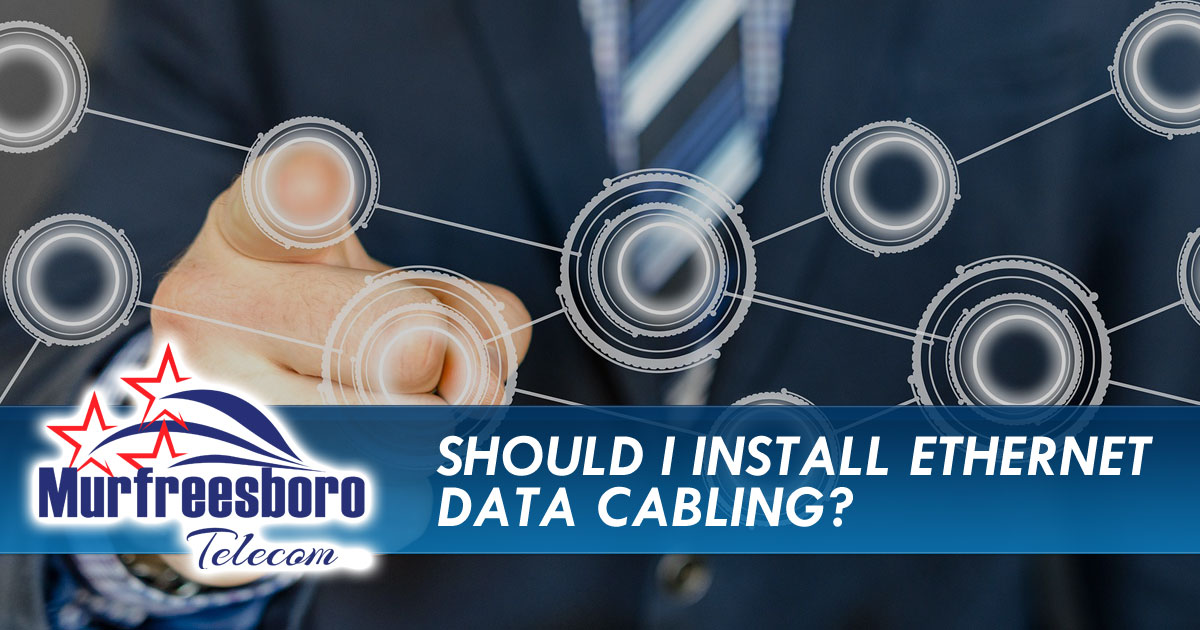As our work, school, and entertainment activities have shifted online, fast, reliable internet isn’t just a luxury anymore. We rely on Wi-Fi access but is it the best option? While Wi-Fi offers portability, there are some advantages to installing data cabling.
1) Whole access. When your broadband router is in one area of your home the Wi-Fi signal in a distant area can be significantly diminished. Installing cable outlets throughout your home offers easy access in any room.
2) Faster downloads and reliability. While wireless technology has dramatically increased speed in recent years, generally cabling will enable much faster speeds. When connected via cable there’s no need to worry about weak or interfering Wi-Fi signals that reduce your speed.
3) Improved Wi-Fi coverage. Ethernet cabling can also be used to expand and improve Wi-Fi coverage. For areas with weak signals, cabling to a wireless access point can improve connectivity to your wireless router.
4) Better security. Stolen Wi-Fi decreases your internet speed causing irritating buffering. If the thief is engaged in sketchy or illegal activities, you could also be put in legal peril, and your digital identity could be at risk. Cabling eliminates wireless broadcasting. You must be physically connected to the cables to access the internet so unauthorized persons won’t have access.
5) Reduced EMFs. While modern telecommunications equipment is non-ionizing and deemed safe, if you’re concerned about the level of EMFs emitted from all your electronics cabling can significantly reduce these emissions, even eliminating the need for wireless devices.


